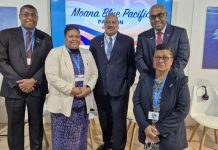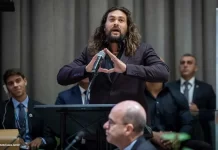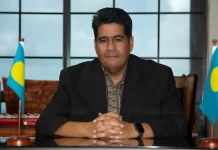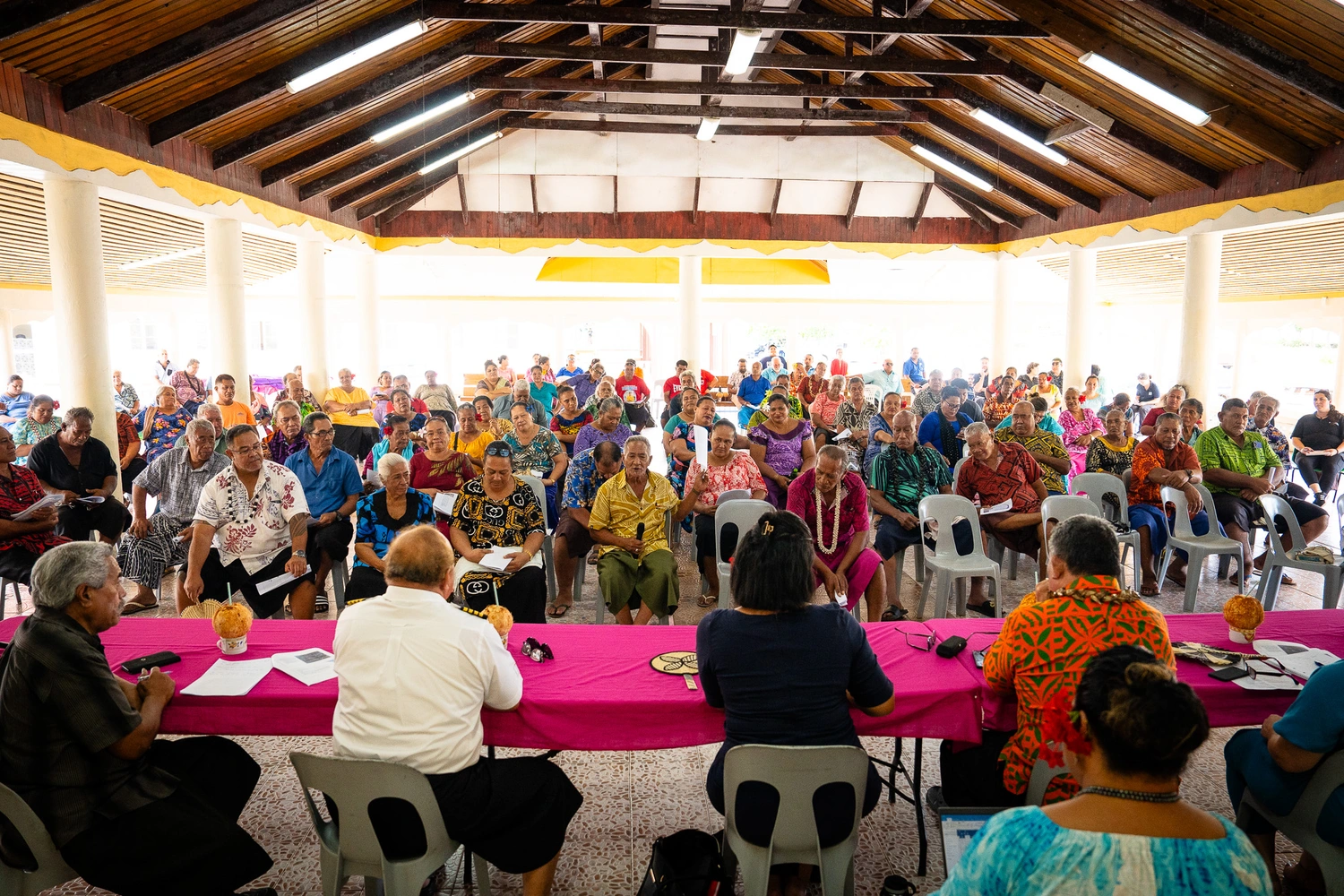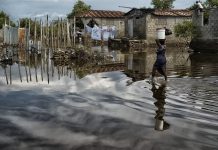New Zealand’s friendship with Samoa was questioned by Samoa villagers from the districts of Safata and Siumu as they spoke up about damage to the mangroves, the reef and the socio-economic impact on the lives of people impacted by the sinking of the HMNZS Manawanui.
The villagers met government officials and a team from the New Zealand High Commission to ask questions and gather a better understanding of what’s next last week.
More than a hundred villagers from Tafitoala, Sataoa, Lotofaga, Maninoa, Vaiee, Saanapu, Siumu and other neighbouring villages attended the consultation.
The Saanapu mangrove reserve is the largest intact mangrove forest in Samoa and villagers are concerned the continuous oil leakage will threaten it and the breeding place for ecosystems.
Many were concerned about how long it would take to recover the coral reef from the substantial damages from the naval ship and its impact on future generations.
Others wanted to know what plans were in place to support families who depended on the sea to feed their children and as a source of income.
There were also questions about the credibility of the information from the operation with New Zealand officials being directly involved in gathering evidence.
Reverend Feata Perelini of Lotofaga expressed his disappointment in claims that the oil leakage is not causing much harm pointing out that the coral reefs were substantially damaged.
Perelini said the wreckage has a lifelong impact on the communities who depended on the sea.
“If it is long term then people will become poor and it affects families,” he told the gathering.
“I’m also saddened because this is a source of income for people, and we are heading into the palolo season and there is no doubt we will not get any this time.
“The words from the New Zealand High Commissioner saying we are friends for many years, but these are just words, just words.
“But when we apply for a visa you raise the costs, is that how a friend behaves when we ask to come…”
Perelini also commented on bringing in experts to assist in the response saying that no level of expertise can return the environment to its original state.
“They will bring chemicals to repair the environment, and it will end up damaging and destroying what God has made. The question is how long the operation is because the impact on Siumu and Safata district will be lifelong.”
Su’a Masi of Maninoa also asked if there was any compensation for families given the salvage operation will be lengthy and villagers’ income has been affected.
A resident of Tafitoala raised questions about New Zealand’s plan to support families.
Looking into the future the resident said there is no timeframe on when they will get answers and conclude the operation, yet families are suffering daily.
Owner of Sina PJ Surf Fales, Netina Faleulamalae echoed the same concern of families not having a livelihood.
She noted during the tsunami in 2009 the first thing brought to families in the area were food baskets.
“All they are eating now is just coconut cream and taro because they can no longer go to the sea to get fish,” she said.
A resident of Sataoa village raised issues with the fuel smell inhaled by villagers on the coastline.
He also urged the authorities to inform the public to refrain from catching palolo for their safety.
The Member of Parliament for Safata, Leaana Ronnie Posini was worried about the district’s mangrove reserve and contaminated marine life being consumed.
He spoke about a similar incident of a ship that sank in Tokelau about 30 years ago and reports of coral reefs not growing in the affected area.
Leaana said this was a major concern for the district.
The MP said there was a question on the credibility of the information being distributed pointing out there is always doubt with New Zealand being involved in the operation.
He said raising their concerns is crucial noting what happens today affects the future generation.
“It is not easy for us,” he said.
“We do feel for the ministry, our government and the government of New Zealand but our concerns have to be voiced because if anything happens it affects us that live here.”
The consultation is the second meeting between the villagers and government authorities with ongoing work to assess the environmental impact.
The first community engagement programme at Tafitoala was to ensure the local communities were given the right information on the current situation.


